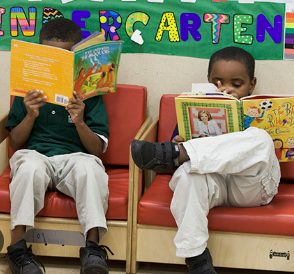Introduction
Personalized learning in early childhood education recognizes that each child learns at their own pace and in their own way. By focusing on individual interests, developmental readiness, and unique learning styles, educators can foster meaningful and joyful learning experiences. Personalized strategies in early learning settings lay a strong foundation for academic, social, and emotional growth.
1. Understanding Developmental Milestones
Personalized learning begins with understanding where each child is developmentally. Educators observe and document skills such as communication, motor coordination, emotional regulation, and problem-solving. This information helps tailor activities that support growth while respecting each child’s current abilities.
2. Creating Interest-Based Activities
Young children are naturally curious. By designing lessons around their interests—such as animals, transportation, or storytelling—teachers can spark engagement and sustain attention. Activities that connect to what children care about create more authentic learning experiences.
3. Offering Choice and Voice
Even young learners benefit from making choices in their learning. Simple options like selecting which book to read, choosing between art materials, or deciding how to solve a puzzle encourage independence and confidence. These opportunities help children develop decision-making skills and a sense of ownership.
4. Using Play as a Learning Tool
Play is central to early childhood education and provides a natural avenue for personalized learning. Through guided play, children explore new concepts at their own pace. Educators can adapt play scenarios to introduce academic skills, support social development, and respond to individual interests.
5. Incorporating Family Input
Families play a key role in personalizing early learning. Regular communication helps teachers understand a child’s home experiences, culture, and routines. This partnership allows for a more holistic approach to learning and supports consistency between home and school.
6. Adapting the Learning Environment
A flexible classroom setup supports personalized learning. Quiet corners for reflection, hands-on stations for exploration, and spaces for collaboration give children opportunities to choose how they engage. Visual schedules and learning cues also help young learners navigate the environment with confidence.
Conclusion
Personalized learning in early childhood education nurtures the whole child—academically, socially, and emotionally. By recognizing each learner’s unique journey and creating responsive, interest-based experiences, educators help young children build a lifelong love of learning. With thoughtful guidance and caring support, even the youngest learners can thrive in a personalized environment.














